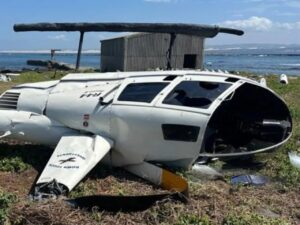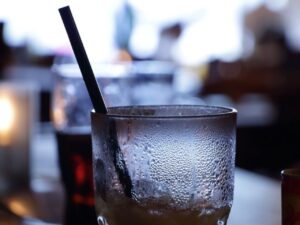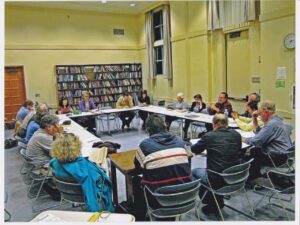[imagesource: Samantha Reinders / CNN]
We’ve finally reached the point post-Day Zero where, in Cape Town at least, one can take a quick shower without feeling too guilty about the water used.
I just Googled our dam levels here in the Mother City and I see we’re at 74,6% storage (“the best indicator of overall dam water levels is the total quantity stored expressed as a percentage of total dam capacity”). So yeah, enjoy your shower but turn off the taps while soaping up and all that.
It’s a very, very different story in large parts of the Eastern Cape. In particular, reports CNN, Gqeberha’s Nelson Mandela Bay area “is counting down to “Day Zero,” the day all taps run dry”.
That’s just two weeks away unless authorities can pull a rabbit from the hat:
Like so many of the world’s worst natural resource crises, the severe water shortage here is a combination of poor management and warping weather patterns caused by human-made climate change.
On top of that, thousands of leaks throughout the water system means that a lot of the water that does get piped out of the dams may never actually make it into homes. Poor maintenance, like a failed pump on a main water supply, has only worsened the situation.
Unless things change, around 40% of the wider city of Gqeberha will have no running water within a fortnight. The city’s four dams are at just 12% of their total capacity, but only 2% of that water left is useable.
Much like how Capetonians were told to limit their water usage to 50 litres (cue the snooping on neighbours), Nelson Mandela Bay officials are now asking residents to drastically reduce their water usage.
There appears to be little respite from the weather gods, either:
…local weather authorities have painted a worrying picture of the months to come, with some warning that the problem had been left to fester for so long, reversing it may be impossible…
According to [Garth Sampson, spokesperson for the South African Weather Service in Nelson Mandela Bay] the catchment areas supplying Nelson Mandela Bay need about 50 millimeters of rain in a 24-hour period for there to be any significant impact on the dam levels.
“Looking at the statistics over the last several years, our best chance of seeing 50-millimiter events will probably be in August. If we don’t see any significant rainfall by September, then our next best chance is only around March next year, which is concerning,” he said.
50 millimetres of rain over a 24-hour period is essentially a flood, which would come with its own issues. No such rain is forecast “anytime soon”.
Residents of Gqeberha, we’ve been there. It’s not lekker.
At least you haven’t yet been treated to an abomination like Splash, the one-time mascot for Cape Town’s #SaveWater ambassador programme.
We don’t ever want to get to this place again.
[source:cnn]





